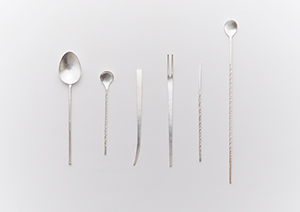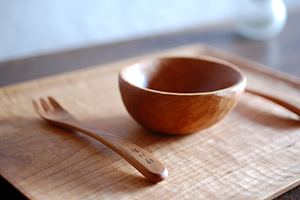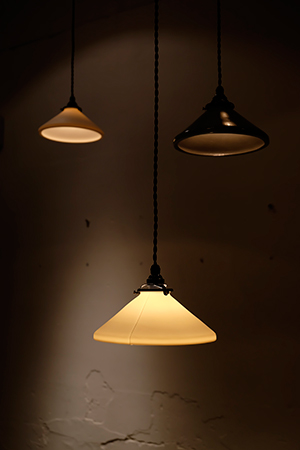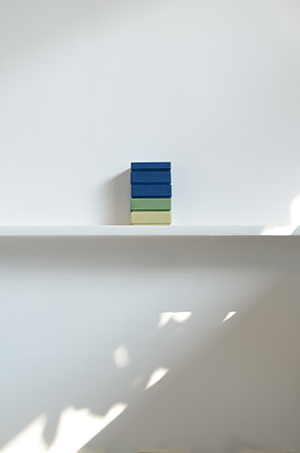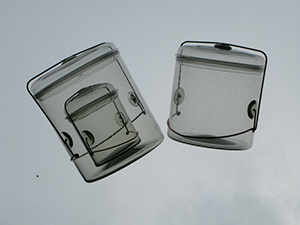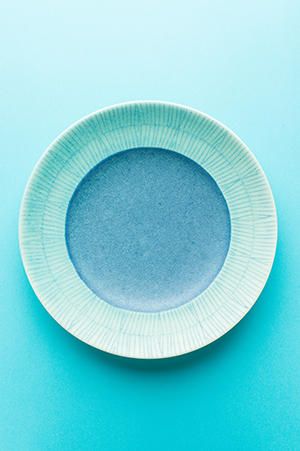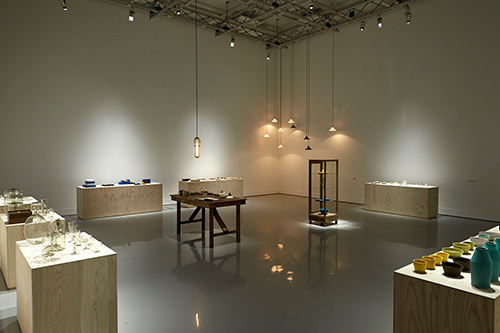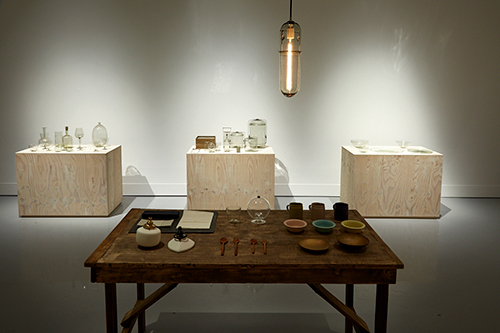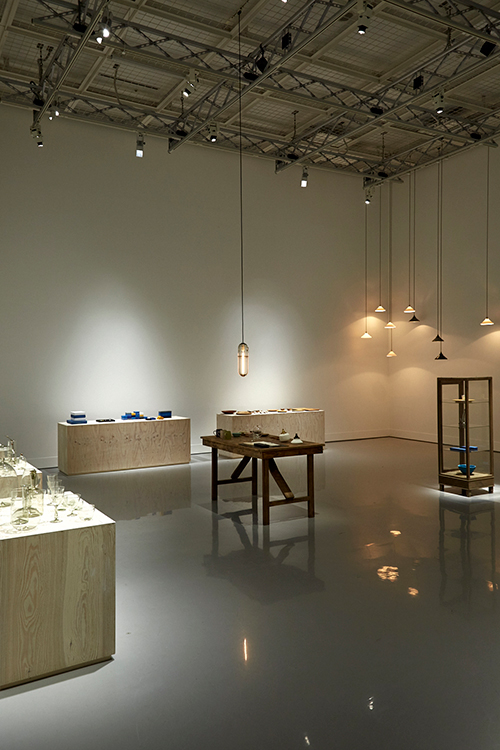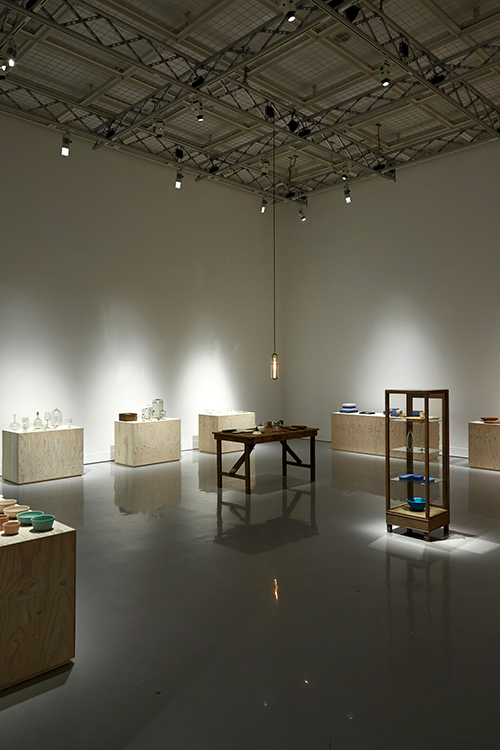The Shiseido Gallery is pleased to announce the opening of the exhibition, KOGEI to live together, to run from September 6th (Tue) through October 25th (Tue), 2016.
The Shiseido Gallery opened its doors in 1919 with our corporate mission “We inspire a life of beauty and culture.” From the very beginning the Gallery took notice of the role that “kogei” (craftworks and craftsmanship) can play in enriching our lives, and these have been featured along with the fine arts in countless Shiseido Gallery exhibitions over the decades. From solo shows by potters and lacquer artisans to exhibitions of fine art crafts from abroad to group shows designed to promote the development of Japanese “kogei”, the Shiseido Gallery has long been involved in sponsoring opportunities to highlight “kogei”s in the public eye.
The “Modern Kogei Exhibition,” a series of regular exhibitions between 1975 and 1995 featuring “kogei” artists from various genres, became a central pillar of Shiseido's exhibition activities, its stature very much on par with the Gallery's “Tsubakikai” fine arts exhibitions. The “life/art” exhibition series that ran from 2001 through 2005 carried on with the original objectives of those earlier craft exhibitions, but with an updated, more contemporary approach that aimed to discover “new relationships between life and the arts.” Such efforts have become a mainstay of the Shiseido Gallery's involvement with the world of craft.
Our lives these days are filled with so many material goods, and so much information overload, that there is a growing movement of people looking to shift back to simpler lifestyles closer to nature. There is something appealing about the idea of taking more care in choosing, using, and appreciating the utilitarian objects that populate our everyday lives. It is also true that Japanese crafts have been garnering more attention than ever abroad, appreciated not only for their technical excellence, but also for their earnest devotion to materials and their minimalist aesthetic.
This exhibition is devoted to those kinds of crafts that are there with us, often quite unobtrusively, in our everyday lives. To select the six artists presented here, the Shiseido Gallery enlisted the collaboration of Yukiyoshi Morioka, director of the Morioka Shoten book shop, who helped to select artisans from the theme of “dining” and “living”. The featured artisans include Naho Kamata (metal), Takeo Kawabata (wood), Hirotaka Tobimatsu (porcelain lightware), Wataru Hatano (Kurotani Japanese paper), Peter Ivy (glass), and Kazumi Yoshimura (pottery). Their creations are humble—spoons and forks, lamps, boxes, glass vessels, bowls, and so on—but the deep attention to usability and detail even amidst such outward simplicity gives these items an intrinsic beauty of which their users must surely, if subtly, become aware.
Each of the six artisans will present a number of pieces, some of them newly created for this exhibition. Video presentations throughout will show these artists at work in their respective studios to give some glimpse of the processes and environments from which such craftsmanship and creativity emerge.
Such works do not necessarily put themselves forward so strongly, but there is something palpable in their presence, and in the essence of richness that they bring to everyday life.



